Click on image for full size
Windows to the Universe original image
Sun-Earth Day 2005
News story originally written on March 18, 2005
March 20, 2005 is the Vernal Equinox (the
"first day" of Spring in the Northern Hemisphere or the "first day" of Fall
in the Southern Hemisphere). It is also
Sun-Earth Day! Sun-Earth Day is a celebration of the Sun,
the space around the Earth (geospace),
and
how
all
of it affects
life on our planet. In classrooms, museums,
planetariums, and at NASA centers, we plan to have a blast sharing stories,
images, and activities
related to the
Sun-Earth connections in our Solar
System.
NASA’s Sun-Earth Connection
Education Forum provides lots of information
about Sun-Earth Day. This year NASA's theme for Sun-Earth Day is "Ancient
Observatories: Timeless Knowledge", which provides a look at observations of the Sun by
many different cultures throughout history.
Please see the links below for more information on how to participate in Sun-Earth
Day.
You might also be interested in:
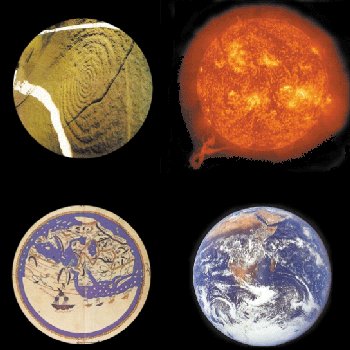
March 20, 2005 is the Vernal Equinox (the "first day" of Spring in the Northern Hemisphere or the "first day" of Fall in the Southern Hemisphere). It is also Sun-Earth Day! Sun-Earth
...more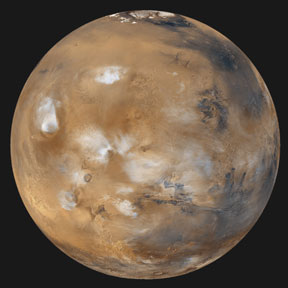
The planet Mars is closer to Earth than normal right now. On October 30, 2005, the two planets will be very close to each other. They will be about 69 million km (43 million miles) apart. Mars will look
...more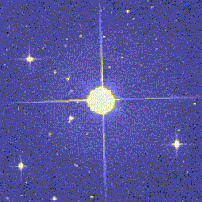
Astronomers have identified another exoplanet, that is, a planet outside our solar system. This makes a total of 102 exoplanets that have so far been found by astronomers! The astronomers that identified
...more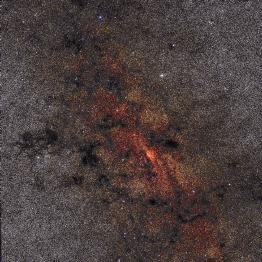
Thanks to a couple of telescopes, everyone on the internet can browse through almost 2 million images. Stars throughout the sky were photographed by the Two-Micron All Sky Survey (2MASS) and are now available
...more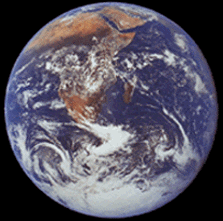
Earth may look perfectly spherical from space, like a giant marble, but it actually isn't! Instead, our planet is wider around the equator because matter is forced out as Earth spins (just as you feel
...more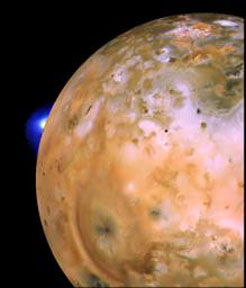
Scientists at the University of Colorado at Boulder found evidence supporting a theory that salt is present on Io. Io is one of Jupiter's many moons. Recent observations from the National Science Foundation's
...more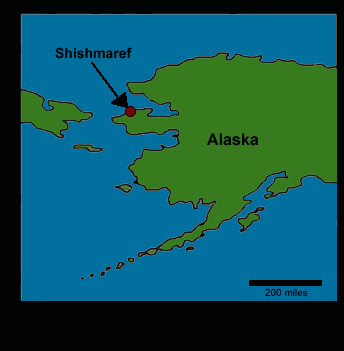
Global warming is raising temperatures of arctic regions much faster than other areas on Earth. This rapid warming is causing the village of Shishmaref, Alaska to wear away slowly into the sea. Shishmaref,
...more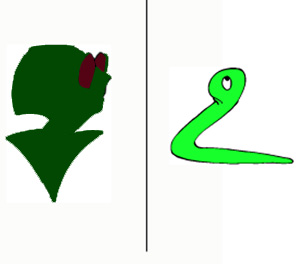
Twenty years after the making, E.T. the extraterrestrial is still entertaining the world. Portrayed as a lovable, happy friend, E.T. stole the hearts of millions over the years. However, to this day scientists
...more














